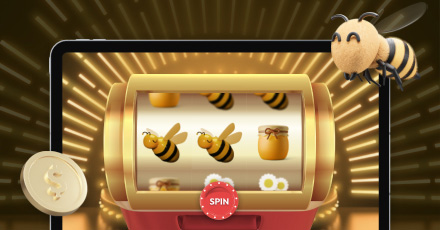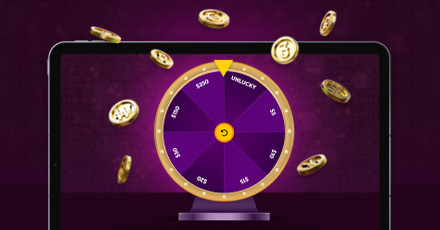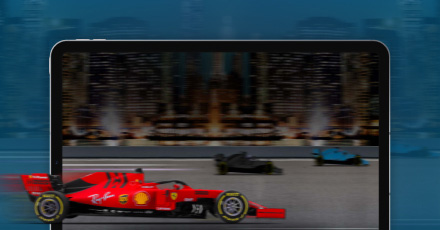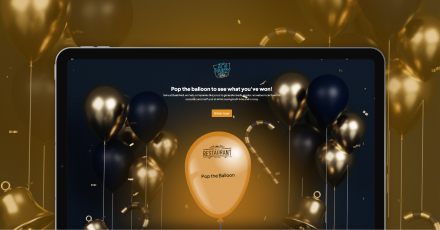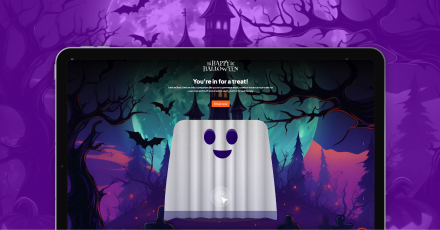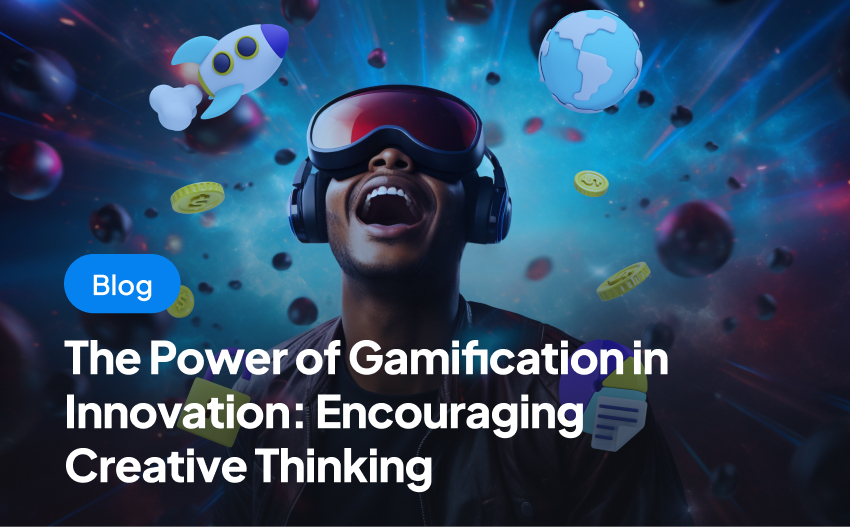
Gamification has become increasingly popular across a range of industries in recent years. Companies are constantly seeking ways to foster creative thinking, boost employee engagement, and drive innovation. Introducing games of chance into real-world scenarios at work encourages employees and organizations to think outside the box and approach problems from new angles. This can lead to more innovative solutions and a greater willingness to take risks. In this post, we’ll take a look at the influence of gamification on innovation and explore how it can be a powerful tool for encouraging creativity.
What Is Gamification?
At its core, gamification involves integrating game-like elements and principles into non-game contexts to enhance engagement, motivation, and participation. It harnesses the intrinsic motivation and enjoyment associated with games to drive desired behaviours in a different setting. Instead of conventional methods, gamification employs elements like points, challenges, competition, and rewards to create a more interactive and motivating experience. But it’s not about turning everything into a game, but rather strategically incorporating game-like features to make tasks more enjoyable and compelling.
Why Is Gamification Effective?
Gamification taps into our innate human desires for achievement, recognition, and competition. Incorporating game-like elements into traditionally non-game environments such as in education or workplace training can make tasks that may otherwise be dull or tedious more enjoyable and rewarding, leading to increased participation and productivity. This is because gamification aims to leverage the inherent appeal of games to make non-game activities more fun and captivating.
By tapping into people’s natural inclination for competition, achievement, and social interaction, gamification has proven to be a powerful tool in diverse fields, from education and marketing to employee training and customer engagement. It transforms routine activities into immersive experiences, fostering a sense of accomplishment and encouraging individuals to actively participate in the given context.
For instance, a business gamification platform could offer special employee recognition for submitting creative solutions, collaborating with colleagues, or achieving milestones in the innovation process. This not only recognizes individual contributions but also fosters a sense of healthy competition, driving employees to push their creative boundaries.
How Does Gamification Improve Creativity?

The benefits of gamification in innovation are multifaceted, ranging from encouraging creative thinking and problem-solving to motivating employees and fostering collaboration. Let’s explore some of these advantages to understand how gamification can be a powerful tool in enhancing innovation within a workplace.
Five Ways Gamification Encourages Creative Thinking:
1. Encourages Creative Problem-Solving:
One of the primary benefits of incorporating gamification into innovation processes is its ability to stimulate creative thinking and problem-solving skills. Games inherently require players to think critically, strategize, and find creative solutions to challenges presented within the game’s framework. When these principles are applied to real-world scenarios, employees are encouraged to approach problems with a fresh perspective.
Gamification introduces a sense of playfulness that breaks down mental barriers and encourages individuals to explore unconventional ideas. By presenting challenges in a game-like format, employees are more likely to view them as opportunities for creativity rather than obstacles. This shift in mindset promotes a culture of innovation where individuals feel empowered to contribute novel ideas and explore unconventional solutions to problems.
2. Creating an Engaging Environment
Creating an environment that fosters innovation can be a challenge. Often, workplaces prioritise routine tasks and efficiency over thinking outside the box. However, by injecting an element of fun and excitement into the work environment, employees can be encouraged to embrace their creativity. Gamification provides a great solution to this challenge by creating an engaging atmosphere that promotes innovation.
3. Motivates Employees to Think Outside the Box:
Innovation often requires people to step outside their comfort zones and explore uncharted territories. Gamification provides a motivational framework that inspires employees to venture beyond the conventional and think outside the box. Through the incorporation of rewards, achievements, and friendly competition, gamification taps into individuals’ intrinsic motivation, driving them to excel in their innovative endeavours.
When employees are engaged in a gamified innovation process, they are more likely to invest time and effort into generating creative ideas. The prospect of earning rewards or achieving milestones adds a layer of excitement and purpose to the innovation journey. This motivation not only enhances individual performance but also contributes to a collective sense of achievement within the team, fostering a positive and innovative work environment.
4. Provides a Fun and Engaging Way to Learn and Develop New Skills:
Learning and development are crucial elements of professional growth, and gamification provides a dynamic and enjoyable method for acquiring new skills. Incorporating game components into training programs or skill development initiatives increases employee engagement and enthusiasm for the learning process. The gamified approach ensures active participation in acquiring knowledge and skills through interactive simulations, scenario-based challenges, and collaborative quests, transforming mundane tasks into exciting experiences. This accelerates the learning curve and also fosters a positive organisational culture that values continuous improvement and skill enhancement.
For example, companies can periodically introduce mystery challenges or quests that involve discovering and learning about emerging trends, technologies, or industry developments. This keeps employees curious and engaged, promotes self-directed learning, and ensures that each worker stays informed about the latest industry changes. This also fosters a culture of continuous learning, which in the long run, will contribute significantly to the organisation’s ability to innovate and stay ahead of the curve.
5. Fosters Collaboration and Teamwork:
Innovation is rarely a solitary endeavour; it thrives in an environment where collaboration and teamwork are embraced. Gamification provides a platform for fostering collaboration by creating shared goals and objectives that encourage employees to work together towards a common purpose.
Through collaborative games and challenges, employees learn to leverage each other’s strengths, communicate effectively, and pool their creative resources. The competitive yet supportive nature of gamification promotes a sense of camaraderie among team members, breaking down silos and fostering a collaborative spirit. This collaborative mindset is invaluable in innovation, where diverse perspectives and skills often lead to more robust and groundbreaking solutions.
Five Games of Chance to Encourage Creative Thinking:
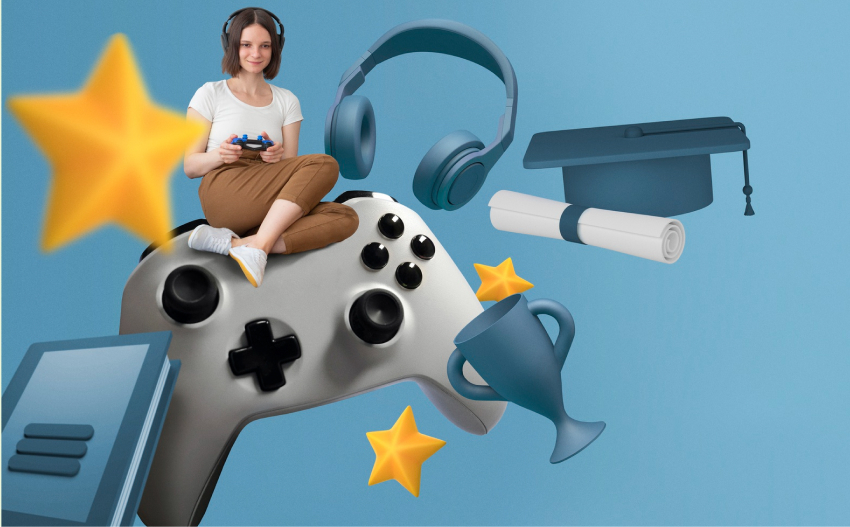
Incorporating virtual games of chance can be a novel approach to break away from mundaneness and stimulate creativity. Let’s explore how each of the following virtual games can be strategically implemented to promote creative thinking at work:
– Send virtual mystery envelopes to employees containing challenging tasks or creative prompts.
– Employees must think outside the box to tackle the mystery task, fostering problem-solving skills and creative thinking.
– Virtual balloons with creative tasks or prompts are presented, and employees “pop” one to reveal their challenge.
– This game adds an element of surprise, encouraging employees to think on their feet and find creative solutions quickly.
– A virtual wheel with creative challenges or ideas is spun by employees.
– The randomness of the wheel prompts employees to think creatively about how to approach the challenge they land on, promoting adaptability and creative thinking.
– Virtual scratch cards reveal creative prompts when scratched.
– The element of surprise and the tactile action of scratching off prompts can inspire innovative thinking and imaginative problem-solving.
– A virtual slot machine with creative symbols or challenges is spun.
– Employees align symbols to reveal a creative task, adding an element of gamification that encourages a playful approach to problem-solving.
The growing popularity of gamification highlights the importance of creative thinking in innovation and the need for organisations to embrace new approaches to problem-solving and engagement. Whether in the context of workplace productivity or customer engagement, gamification has the potential to drive real results and lead to more innovative solutions.
Ready to Leverage the Power of Gamification to Boost Your Team’s Innovation Skills?
Start exploring new and exciting ways to encourage creative thinking in your organisation with BeeLiked. Get started with BeeLiked today and unlock the power of gamification to drive real results for your business!


